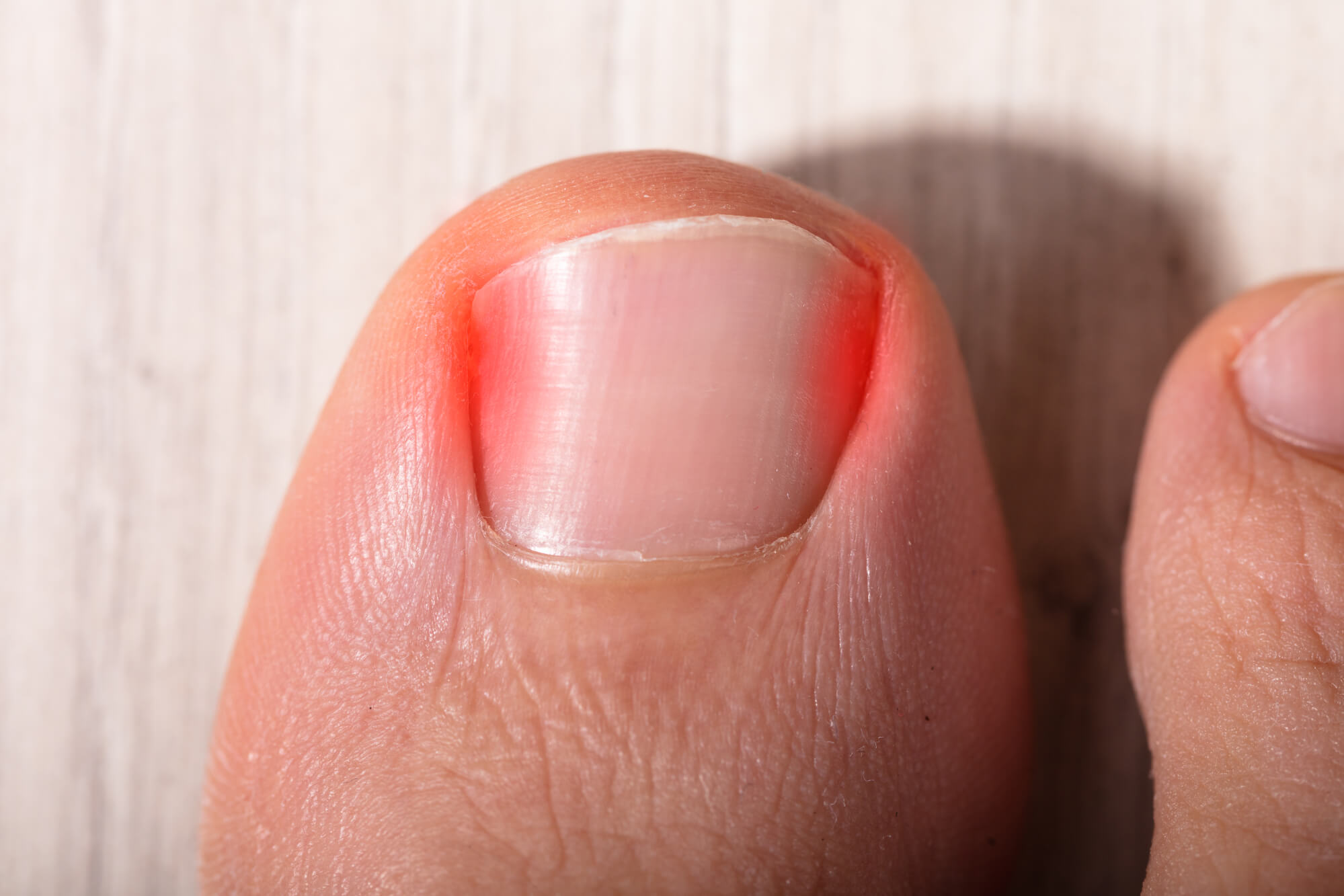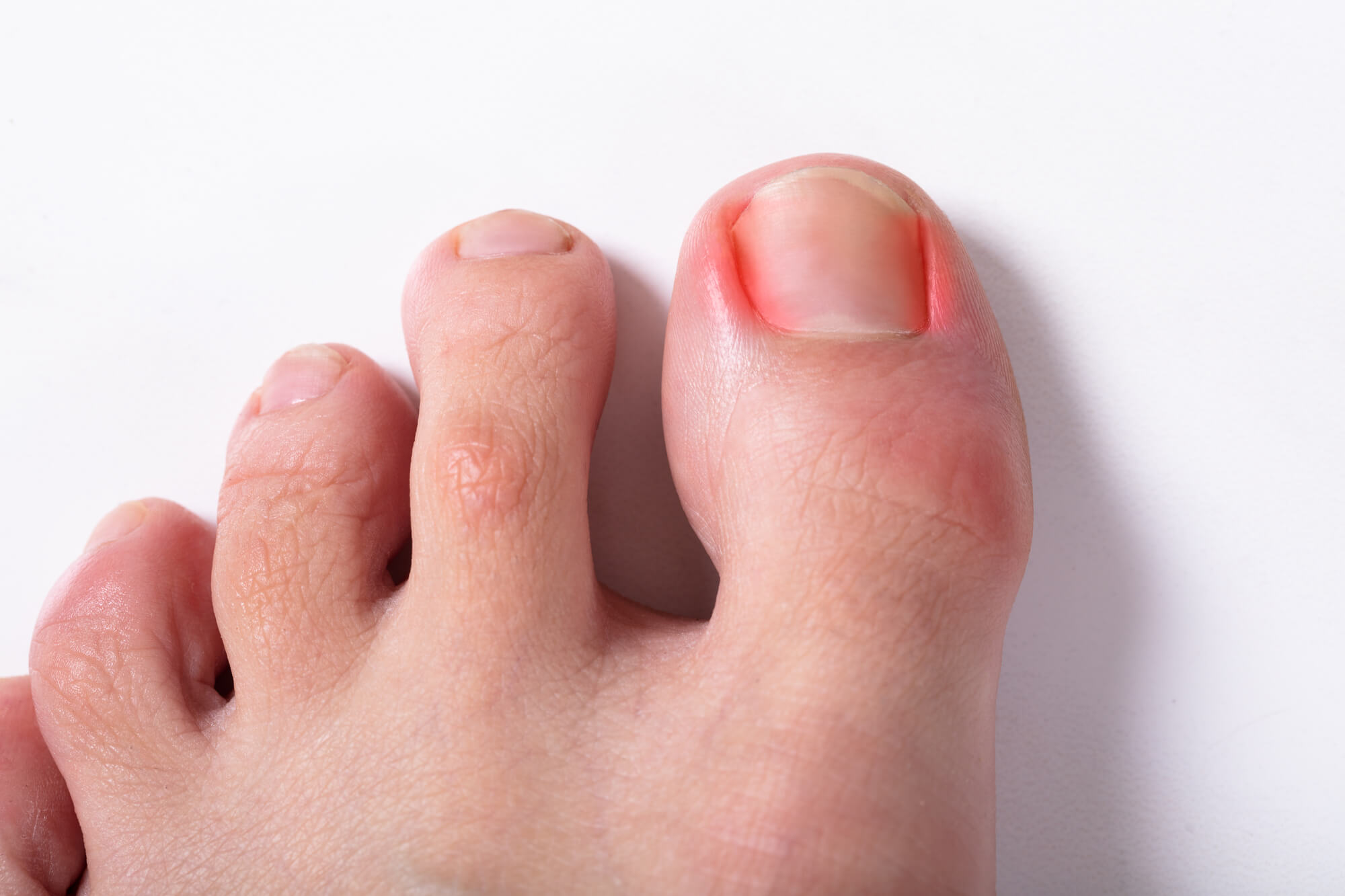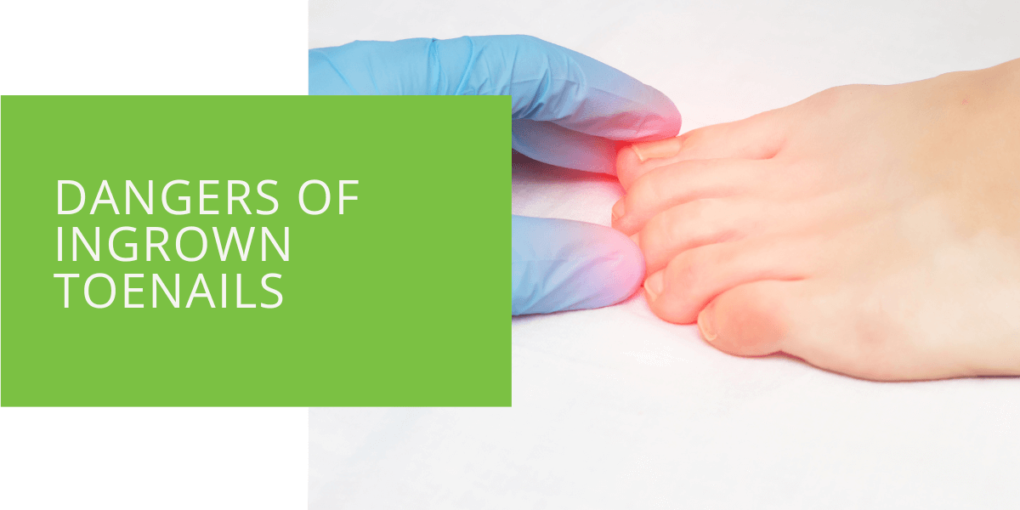The Dangers of Ingrown Toenails
An ingrown toenail occurs when the toenail grows into the surrounding skin, causing pain, redness, and swelling. While many people may dismiss an ingrown toenail as a minor annoyance, the condition can lead to serious complications if left untreated. This article will discuss the dangers of ingrown toenails, including causes, symptoms, and treatment options.
What is an Ingrown Toenail?
An ingrown toenail occurs when the toenail grows into the soft flesh around the nail. This can happen on any toe, but it is most common on the big toe. When the nail grows into the skin, it can cause pain, redness, and swelling. If left untreated, the nail can dig deeper into the skin, causing the area to become infected.
Causes of Ingrown Toenails
Several factors can contribute to the development of ingrown toenails. Trimming your toenails too short or rounding the edges can cause the nail to grow into the skin. Wearing too-tight shoes can also pressure your toes, causing the nails to grow into the surrounding skin. Poor blood flow to your feet or sweaty feet can also make you more susceptible to ingrown toenails.
Why Ingrown Toenails are Dangerous
While an ingrown toenail may seem minor, it can lead to serious complications if left untreated. The toenail can sometimes become infected, causing pus and redness around the area. If the infection is not treated, it can lead to gangrene, a condition where the tissue dies due to a lack of blood flow. In severe cases, gangrene can lead to amputation of the affected toe or foot.

Signs and Symptoms of Ingrown Toenails
Ingrown toenails can cause a variety of signs and symptoms. The severity of these symptoms can vary depending on the extent of the ingrown nail. Below are some of the most common signs and symptoms of ingrown toenails:
- Pain: The most common symptom of an ingrown toenail is pain around the affected toe. The pain can range from mild to severe and can be felt in the toe, surrounding skin, or the entire foot.
- Redness: Ingrown toenails can cause redness around the affected toe. The skin may become inflamed and tender to the touch. This indicates that the area is infected and requires prompt medical attention.
- Swelling: Ingrown toenails can also cause swelling around the affected toe. The swelling can make it difficult to wear shoes or walk comfortably.
- Pus or drainage: In more severe cases, an ingrown toenail can cause pus or drainage to form around the affected area. This is a sign that the area is infected and requires medical attention.
- Fever and chills: In rare cases, an ingrown toenail can cause a fever and chills. This indicates that the infection has spread and requires immediate medical attention.
If you experience any of these symptoms, seeking medical attention from a podiatrist is important. If left untreated, an ingrown toenail can lead to serious complications, such as infection and gangrene. Early intervention is key to preventing further damage to the toe and the surrounding tissue.

Ingrown Toenail Treatment Options
The treatment for an ingrown toenail depends on the severity of the condition. In mild cases, you can soak your foot in warm water to help reduce the inflammation. You can also try lifting the nail's corner and placing a small piece of cotton under it to help it grow away from the skin. Trimming your toenails straight across is important to prevent them from growing into the skin.
If the ingrown nail is more severe, you should seek medical attention from a podiatrist. A podiatrist can remove the ingrown portion of the nail and prescribe antibiotics if the area is infected. In severe cases, surgery may be required to remove the toenail or part of the toe.
When to See a Podiatrist
It's important to seek medical attention from a podiatrist if you experience any signs or symptoms of an ingrown toenail. If left untreated, an ingrown toenail can lead to serious complications, such as infection and gangrene. If you have diabetes, it's especially important to seek prompt medical attention if you develop an ingrown nail, as the condition can lead to poor blood flow to your feet and increase the risk of infection.
Conclusion
An ingrown toenail may seem like a minor issue, but it can lead to serious complications if left untreated. To prevent ingrown toenails, trim your toenails straight across and avoid wearing shoes that are too tight. If you experience any signs or symptoms of an ingrown nail, seek medical attention from a podiatrist.

